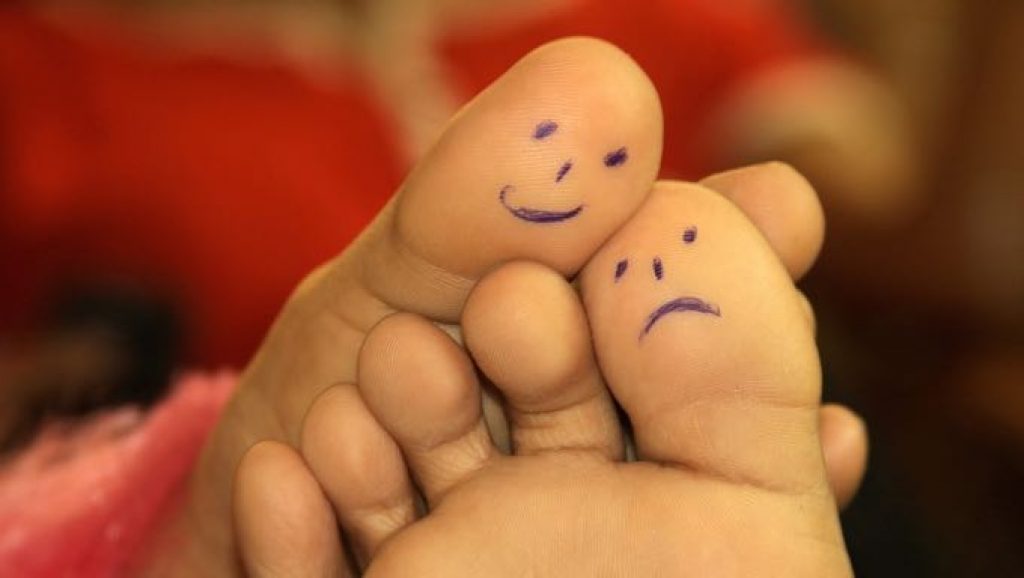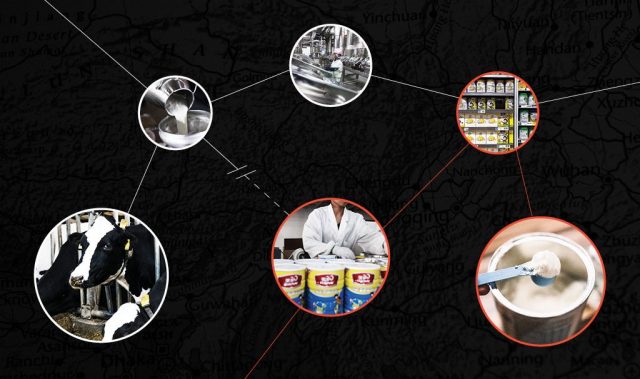
AsianScientist (May 28, 2015) – What are the world’s most neglected public health problems? In February, the Global Health NOW forum and the Consortium of Universities for Global Health posed this question, asking researchers to nominate urgent but overlooked public health issues for their 2015 Untold Global Health Stories contest. The winner, chosen from among more than 170 entries: Mycetoma, a chronic and debilitating inflammatory disease affecting some of the world’s poorest populations.
Trampled underfoot?
If you’ve never heard of it, well, that’s kind of the point. Mycetoma usually affects the foot and is caused by infection with certain fungi or bacteria that are introduced through minor injuries, such as thorn pricks. People who walk barefoot—farmers, laborers and herdsmen in rural areas, for example—are most commonly affected.
The disease starts out painlessly, but gradually spreads through skin, muscle and bone, causing severe deformity and eventual loss of use of the limb. This slow progression makes it all the more insidious—patients tend to delay seeking medical help until amputation becomes the only remaining course of action.
No one really knows how prevalent the disease is—its neglected status means that no good surveillance or reporting systems are in place—but the “mycetoma belt” spans Central and South America, Africa and India, depriving many of the ability to work and earn a living.
Mycetoma was nominated by a pair of students from the University of Toronto, who were prompted to do so after a particularly memorable experience at a major global health summit. African health ministers had organized a side session to raise awareness about the disease—and no one came. Now that it has received this somewhat dubious honor, the contest organizers will send a journalist to a country in the mycetoma belt to document its impact on human lives.
The organizers gave an honorable mention to podoconiosis, another neglected inflammatory disease affecting the foot. Thought to be caused by long term barefoot exposure to irritants found in volcanic red clay soil, this debilitating and stigmatizing condition affects a demographic similar to mycetoma’s.
These two conditions are among the most neglected of the neglected tropical diseases (NTDs), which disproportionately affect the world’s poorest people and severely lack funding for research.
Many such diseases have relatively low mortality rates, but cause immense pain and suffering. Their debilitating nature prevents millions from leading productive lives—working or going to school, for example—thus trapping them within a cycle of poverty. Even countries with rapidly growing economies, such as Indonesia and India, have recognized the need to tackle such diseases in order to further advance their overall socioeconomic development.
If the shoe fits
In rural areas, shoes protect much more than the soles of one’s feet. Wearing them helps prevent mycetoma, podoconiosis and a host of other conditions, including parasitic worm infections, snakebite, tetanus and Buruli ulcer. But while barefoot running may be all the rage in developed countries, many of the developing world’s poorest go shoeless not by choice.
Programs that bring shoes to those who cannot afford them do exist. The one-for-one business model of American shoe company TOMS, for example, donates a pair to a person in need for every pair sold. Then there is the ingenious “The Shoe that Grows“, an adjustable shoe that can expand over five sizes, keeping pace with the child who wears it.
But simply presenting someone with a pair of shoes may not be enough. Through interviews carried out for a study on the use of footwear in rural Ethiopia, researchers uncovered several less obvious barriers to shoe-wearing.
Where shoes are scarce, they are also precious. To make them last longer, people carry them on their shoulders while walking and put them on only when they reach their destination. Some refuse to wear them in rain or mud, or only wear them on special occasions. In addition, farmers prefer working barefoot, because soil tends to get into shoes and cause discomfort.
Other interviewees didn’t see a need to wear shoes if their feet were healthy. Worse, shoes are sometimes seen as a stigmatizing label of disease, making people even more reluctant to wear them.
Understanding these barriers can help public health workers come up with more effective ways to improve shoe-wearing rates. The NTDs sorely need more research such as this and an increased awareness, both in the developed world and in affected communities, may help dispel some of the indifference towards them.
The World Health Organization (WHO) aims to eradicate guinea-worm disease by 2015 and yaws by 2020. Another four NTDs—trachoma, African trypanosomiasis, leprosy and lymphatic filariasis—are slated for elimination (where transmission is stopped within specific regions or countries) by 2020. With finite resources, such prioritization is a necessary strategy. But drawing the developed world’s attention to the most forgotten of diseases, one hopes, will allow a head start to be made on their eventual eradication.
This article is from a monthly column called The Bug Report. Click here to see the other articles in this series.
———-
Copyright: Asian Scientist Magazine; Photo: nasir khan/Flickr/CC.
Disclaimer: This article does not necessarily reflect the views of AsianScientist or its staff.













